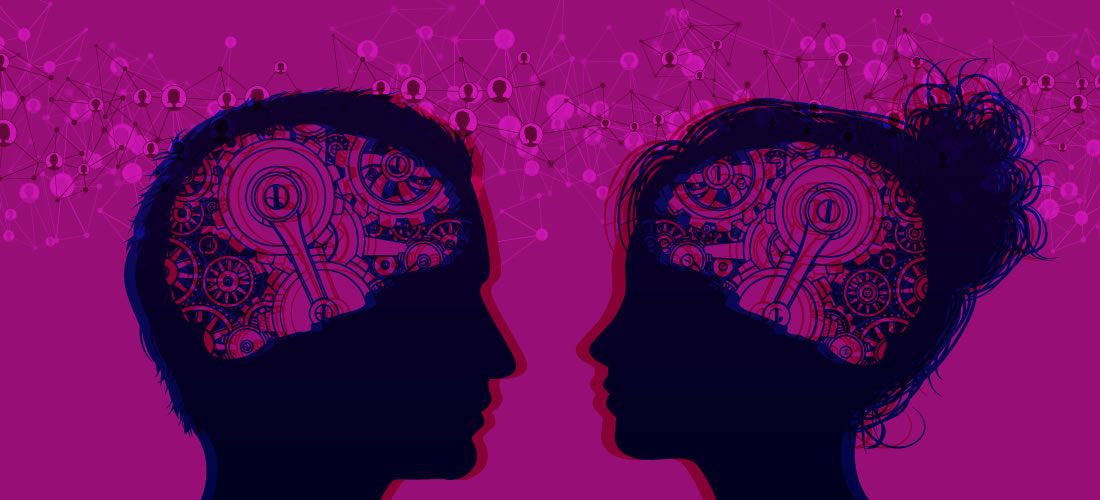I’m on a plane right now, heading to Seattle, and I keep thinking about Starbucks. And it’s not because I’m craving a macchiato. Right now, and over the past two weeks, I keep thinking about what happened to two black men in a Philadelphia coffee shop, why it happened, and what Starbucks is doing about it.
I’ve seen quite a few articles since these two men were arrested while waiting in a Starbucks, coffee-less, for a scheduled business meeting. In general, it seems that reactions fall into two camps:
- This was an isolated incident. Let’s move on.
- Implicit bias is a pervasive issue. Let’s do something about it.
I’m in the second camp and believe implicit bias is pervasive in our country. But “let’s do something about it” isn’t so simple. There are no simple solutions to such a complex challenge.
“Let’s do something about it” has led Starbucks to make a substantial decision: close down company-owned stores and hold an implicit bias training session for over 170,000 employees in one afternoon. This is a major undertaking – they’ll be seeking to craft a high-quality program in five to six weeks, and then will have to coordinate the logistics of scheduling, materials, and instructors. There are some people at Starbucks who won’t be sleeping much for the next month.
Ultimately, the effort will aim to change behavior and reduce implicit bias within Starbucks. One recent NY Times article posed the question: Can Training Eliminate Biases? Starbucks to Test the Thesis. If the goal is indeed to eliminate implicit bias, Starbucks needs a new goal.
Brain imaging scans have demonstrated that when people are shown images of faces that differ from theirs, it takes 1/10 of a second to activate an irrational prejudgment in the amygdala, the part of the brain that controls fear. An afternoon training session won’t eliminate these irrational prejudgments for 170,000 baristas.
But if, over time, these 170,000 individuals become more aware of their own implicit biases and acknowledge that they exist, they can develop the power to act in ways that reduce the future impact of their biases when a coffee-less customer asks to use the restroom. And if that happens, Starbucks can become an incredible model for how address the pervasive implicit bias in our country.






